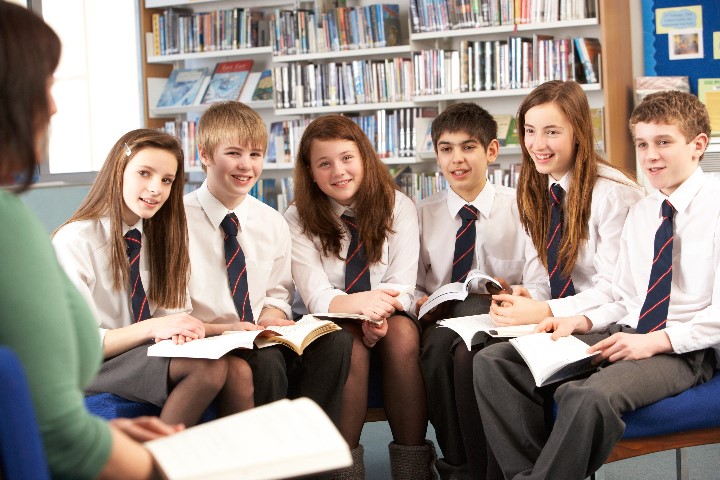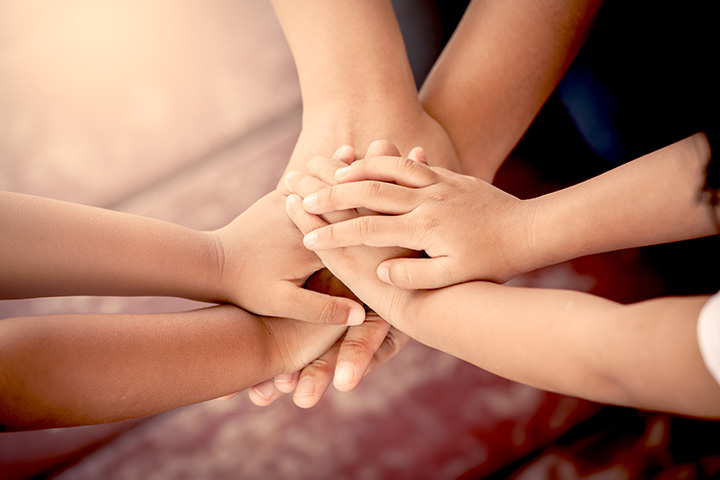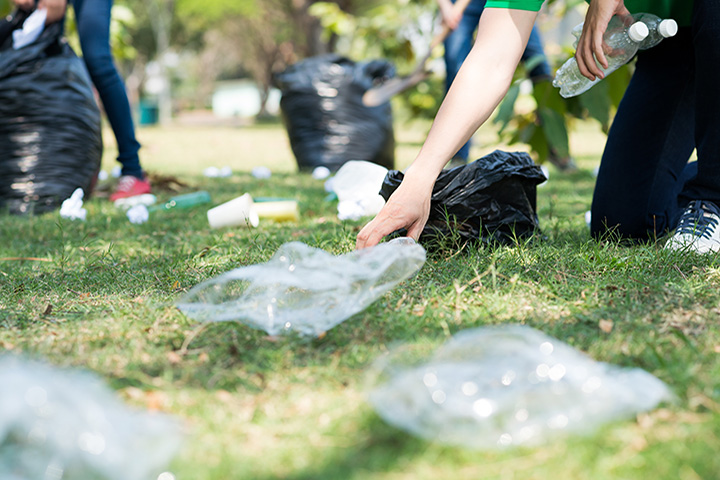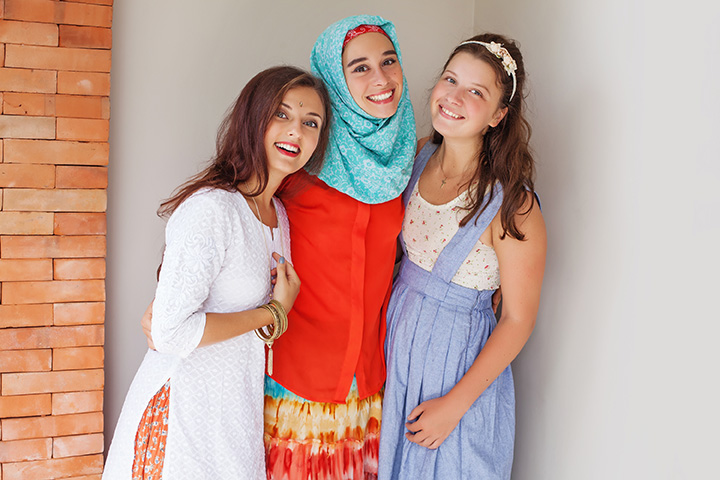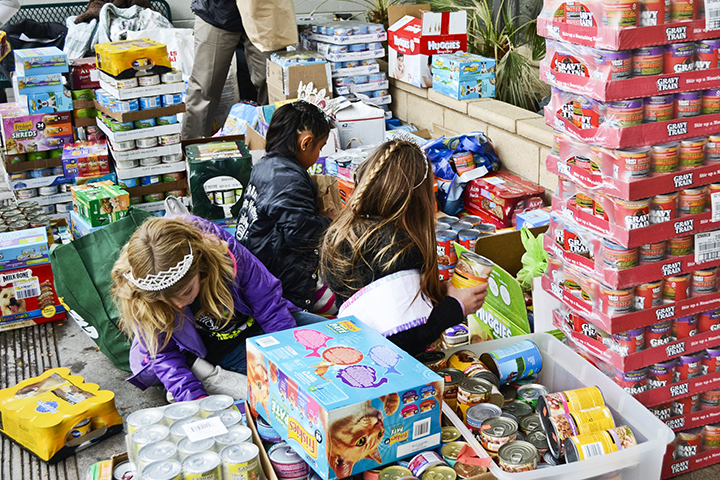A new study shows students in Catholic schools are excelling at one particular skill that’s crucially important in higher education, and in life: self-discipline.
The Thomas B. Fordham Institute report “Self-Discipline and Catholic Schools: Evidence from Two National Cohorts” shows students in Catholic schools are less likely to act up and exhibit more self-control and self-discipline than their peers in private or public schools, Aleteia reports.
Researchers at the University of California at Santa Barbara analyzed teacher responses to national surveys between 1999 and 2011 to discover the trends, which lead to fewer student discipline problems in Catholic schools.
“Over the years Catholic schools – the largest provider of private education in the United States – have been particularly committed to the development of sound character, including the acquisition of self-discipline,” according to the report.
“Since Catholic school doctrine emphasizes the development of self-discipline, it seems likely that Catholic schools devote more time and attention to fostering it,” the report continues. “And their apparent success in doing so suggests that schools that focus on self-discipline are capable of inoculating, developing, and strengthening it over time – in the same way that other schools might focus on athletic skills to win track meets or football games.
“If other schools took self-discipline as seriously as Catholic schools do, they would likely have to spend less time, energy, political capital on penalizing students for negative behaviors.”
Researchers suggest school curriculum, discipline policies, and educators’ daily interactions with students all likely help build self-discipline in Catholic schools, but they highlighted another notable factor that’s difficult to measure.
“The most obvious feature that Catholic schools and similar faith-based schools have in common is their focus on religion—including such specifically Judeo-Christian values as humility, obedience, kindness, tolerance, self-sacrifice, and perseverance,” the study said. “It is difficult to pin down whether and how these values, taught in relation to the life of Christ, may influence a child’s behavior. Perhaps students are more likely to internalize such values when they know they are loved not only by their teachers but by their Creator, or when they perceive that misbehavior may have eternal consequences.”
“Religion can mold hearts and minds,” the study concluded, “in ways that suspensions, restorative justice, and Positive Behavioral Intervention and Supports (PBIS) can’t begin to match.”
The Fordham Institute isn’t the only think tank to notice the positive influence Catholic and other religious schools have on student character.
The Institute for Advanced Studies in Culture featured Catholic schools as one of several education sectors in “The Content of Their Character,” a summary of character education in American high schools.
Carol Ann MacGregor, lead researcher for Catholic schools, outlined the “ethos … and the philosophical hallmarks that made a particular education sector (like Catholic schools) unique – e.g., how it conceived the nature of the child, the task of teaching and formation, the purpose of education, and the role of adult authority.”
Educators who want to employ strategies to help students build self-discipline can find resources on sites like TeachHUB, which offers tips and teaching strategies for practicing self-control, memory development and other skills.
Was this article helpful?
[ratings]

